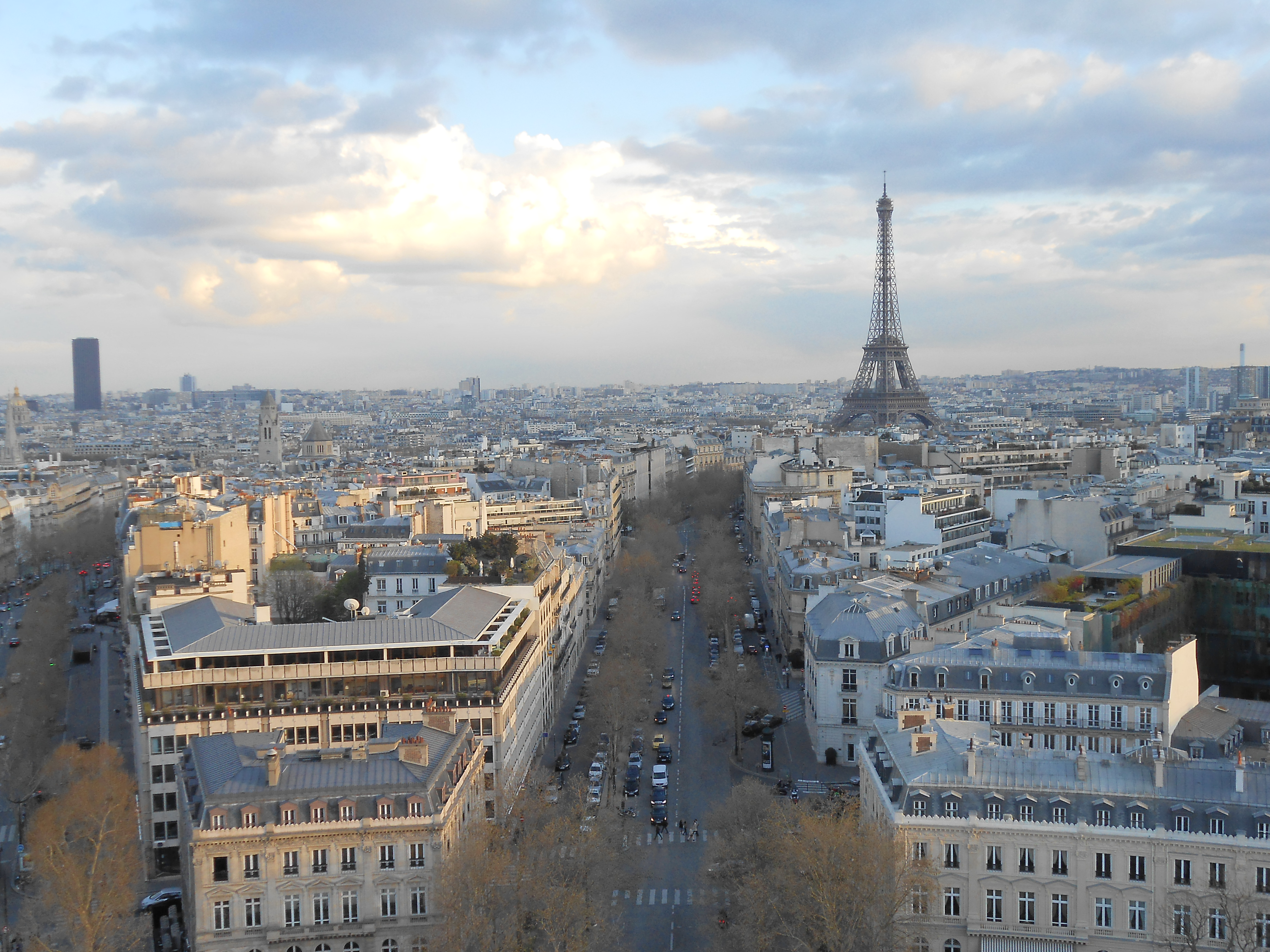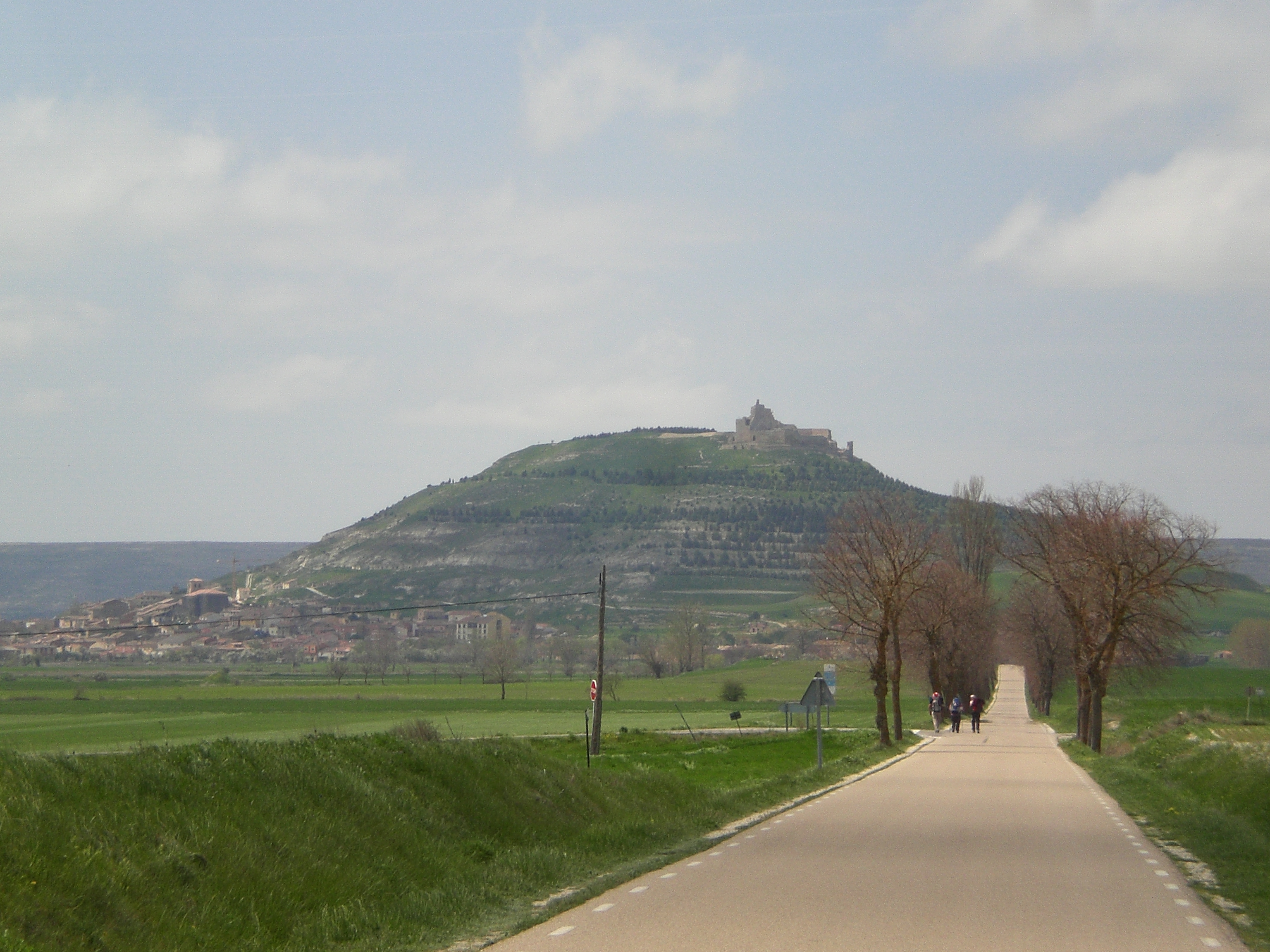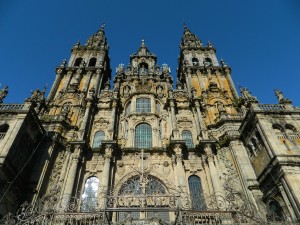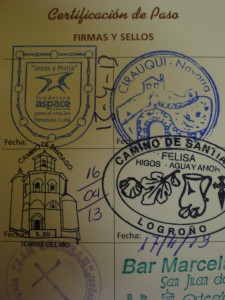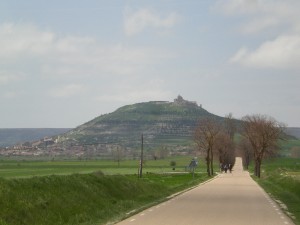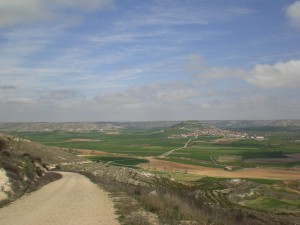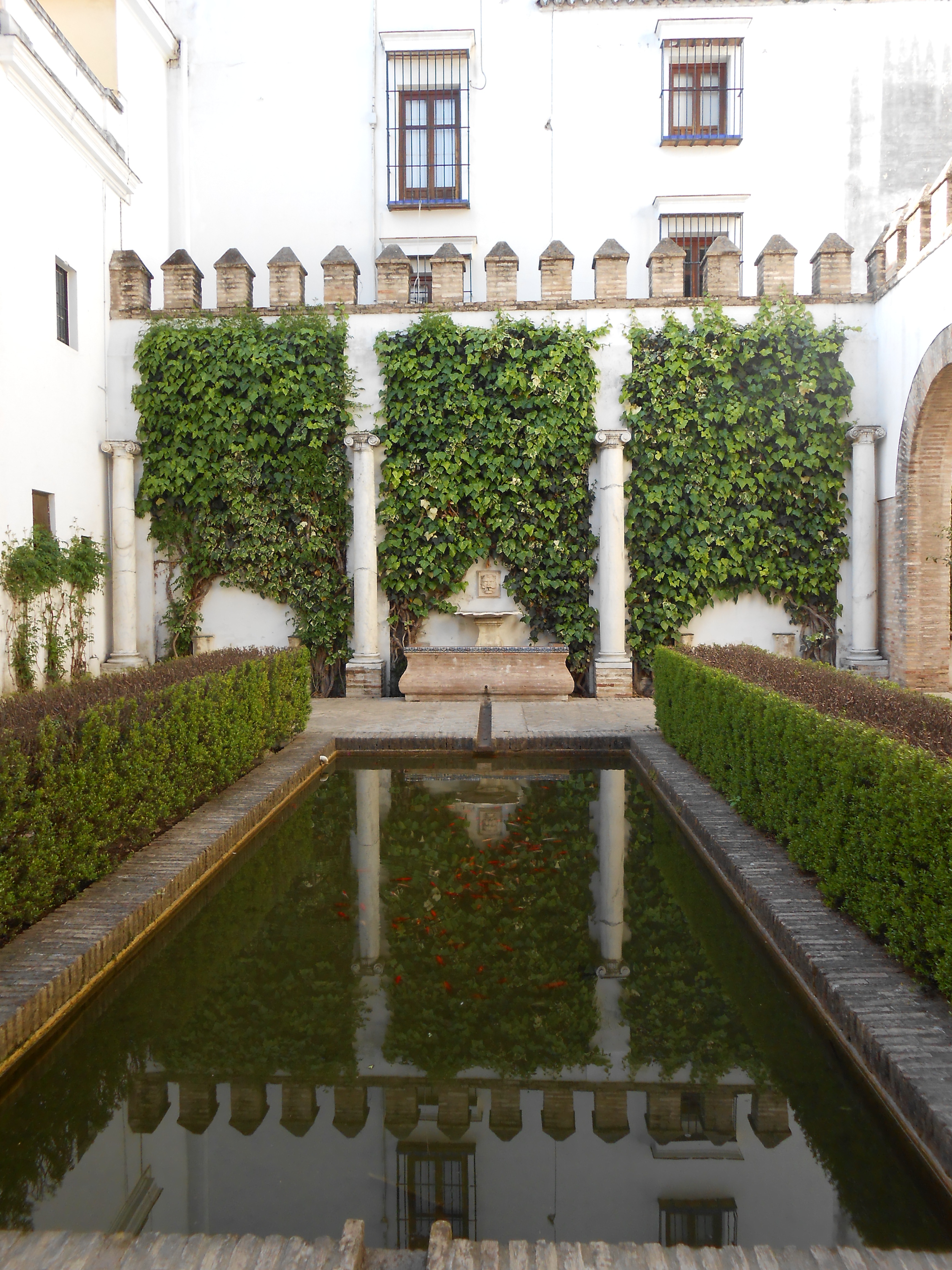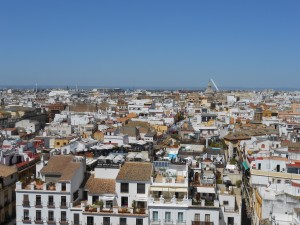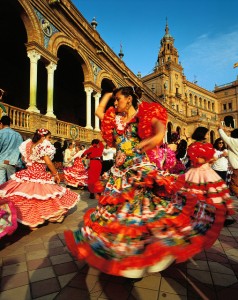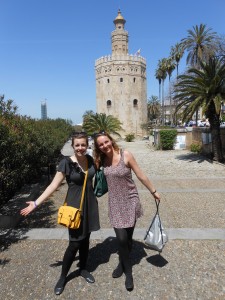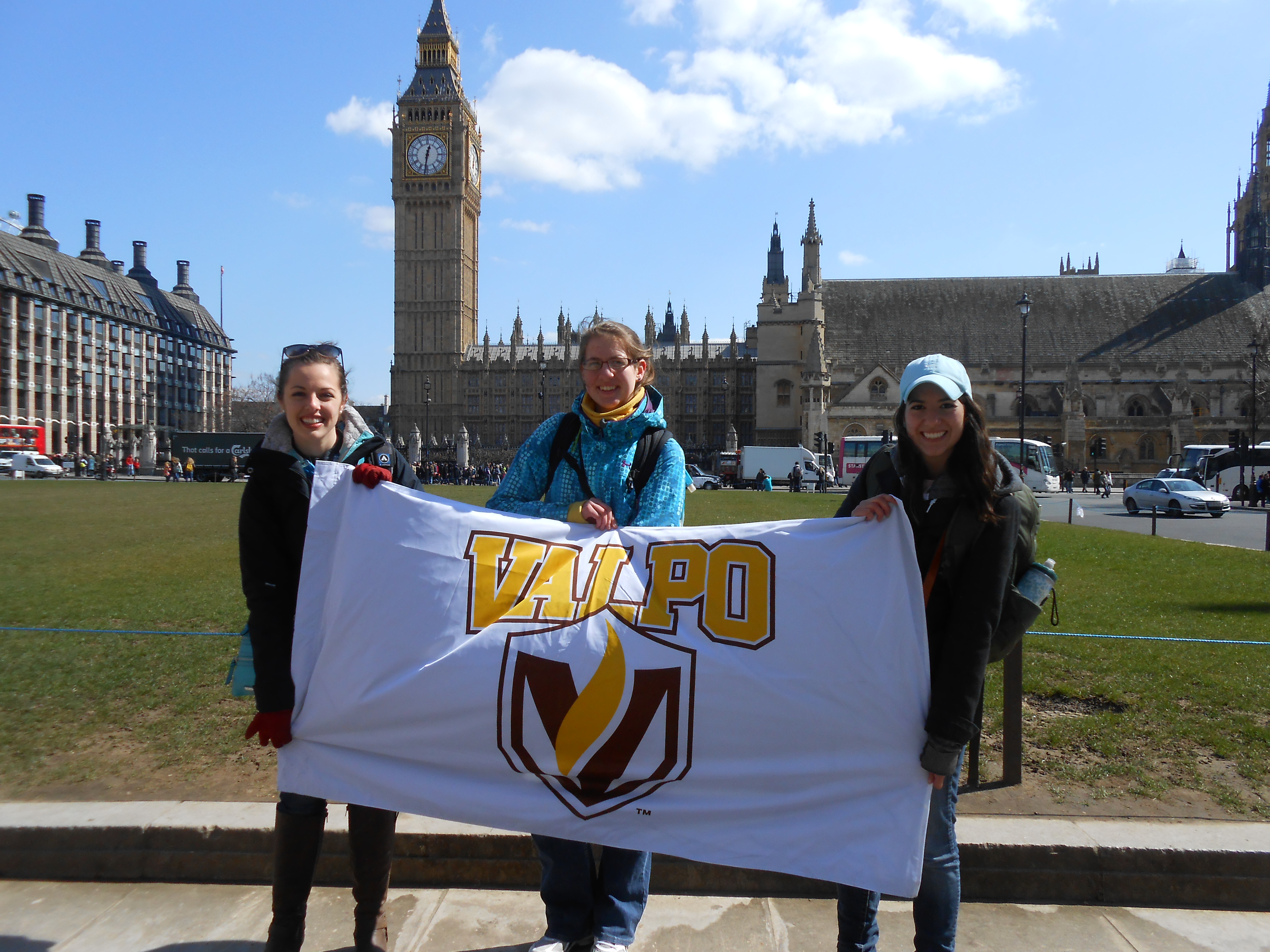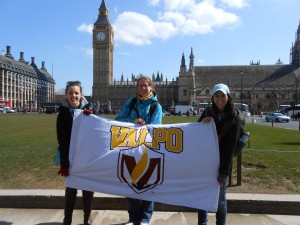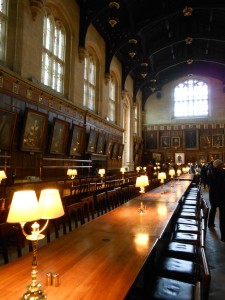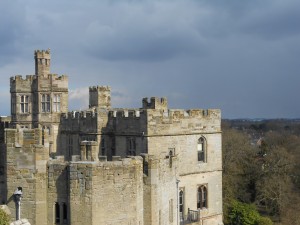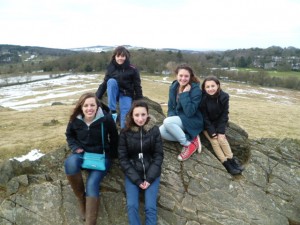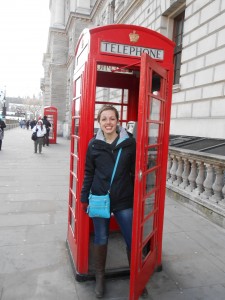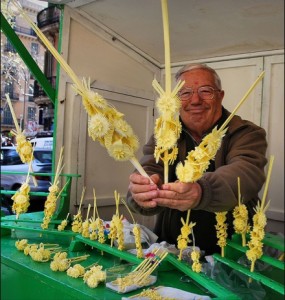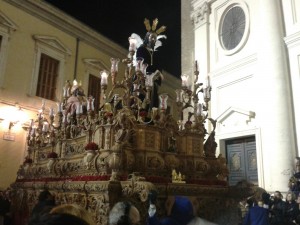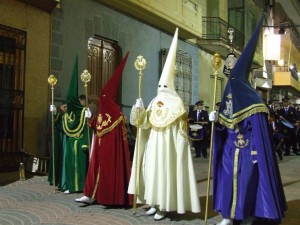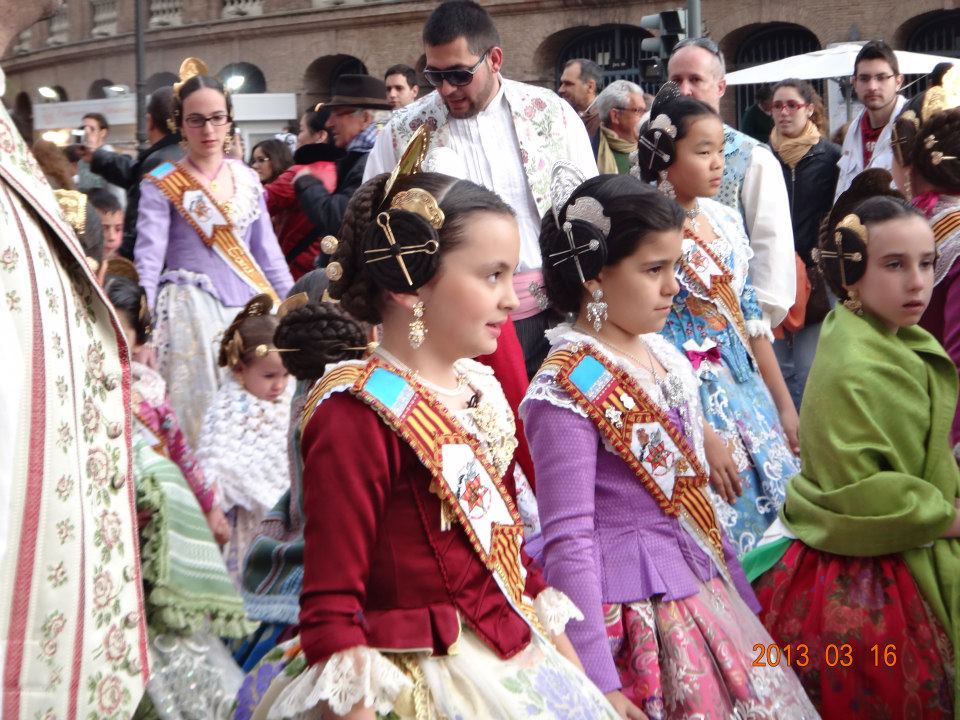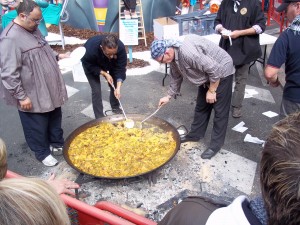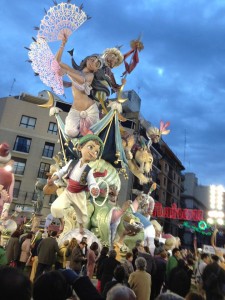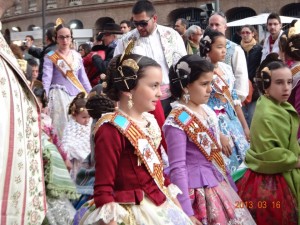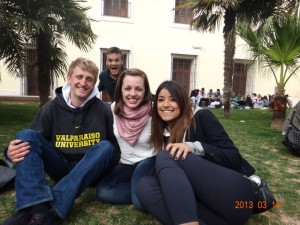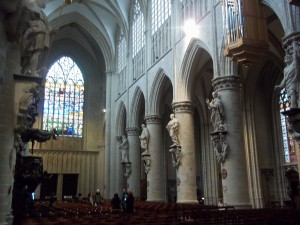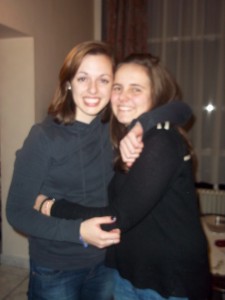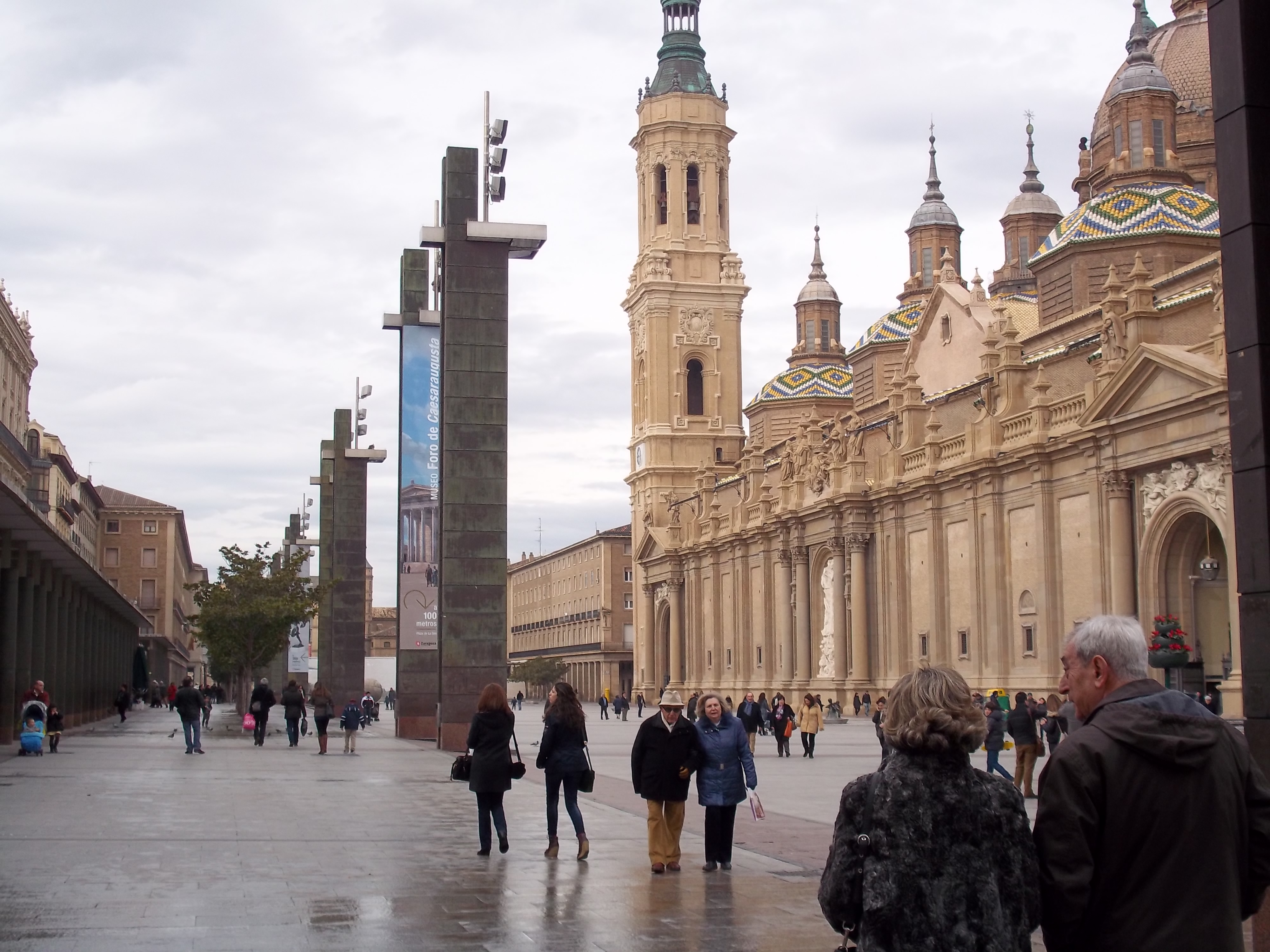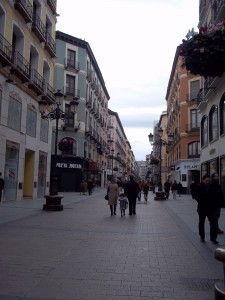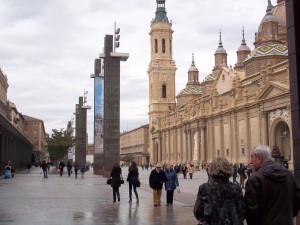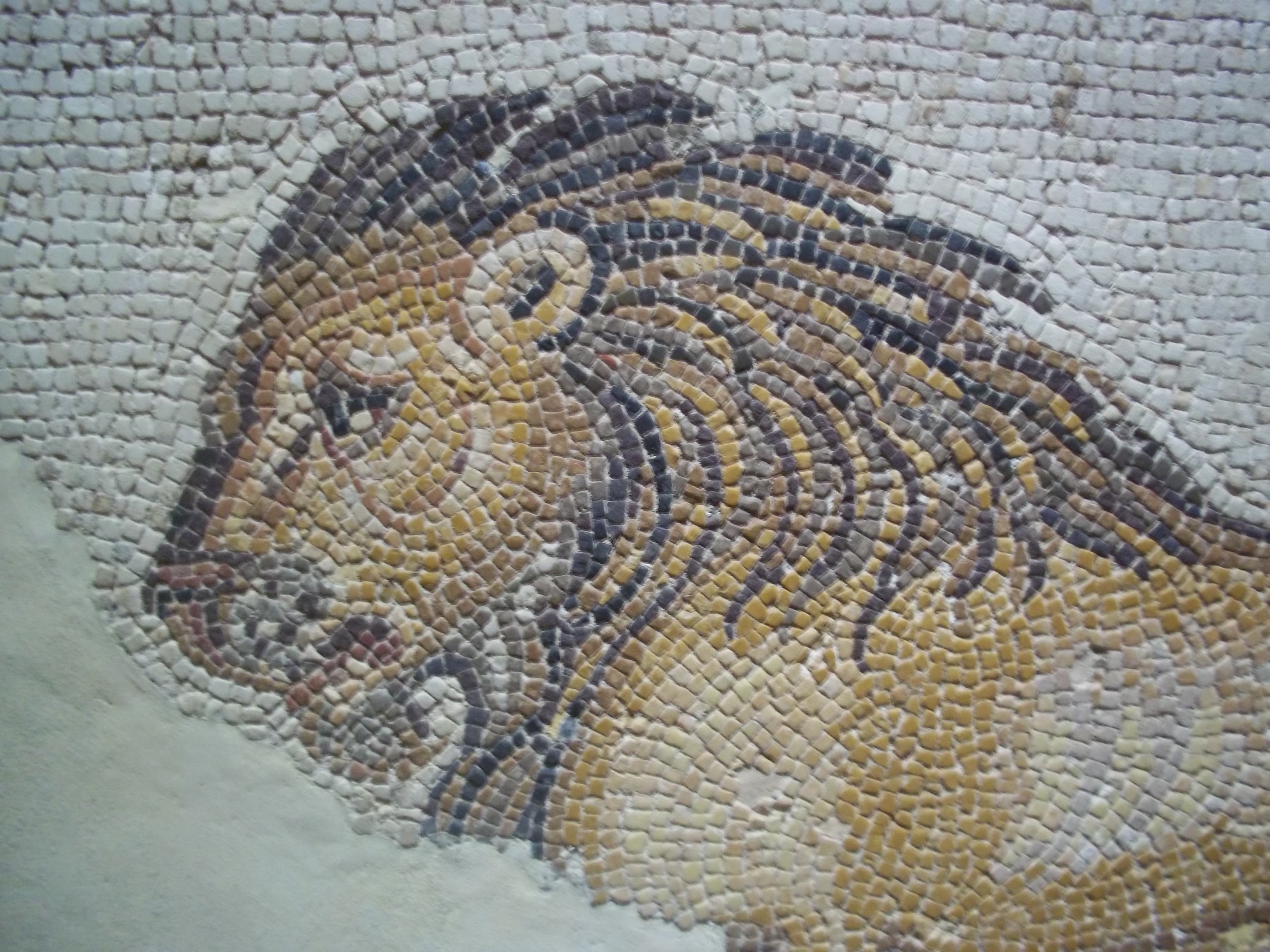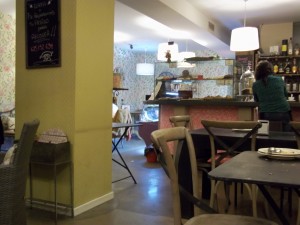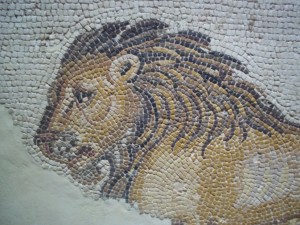In exactly two weeks, I’m going to be sitting, (very jet-lagged), in my own living room with my parents and sisters, watching American TV, eating my mom’s cooking, looking out the window at my own backyard in St. Charles, Illinois. And it’s absolutely mind-boggling. It feels like a week ago, I was on board that 8-hour plane ride across the ocean, turning knots in my stomach because I honestly had no idea what I was getting myself into. “Terrified” hardly begins to cover how I was feeling back in January, and now that my time abroad is winding down, I’m looking back on that earlier, timid version of myself and feeling an overwhelming sense of personal accomplishment about the person I am now. Studying abroad has given me the key to finding within myself a personality trait I never knew I had: bravery. For someone like me who used to live in constant (sometimes obsessive) worry, that’s something of a miracle.
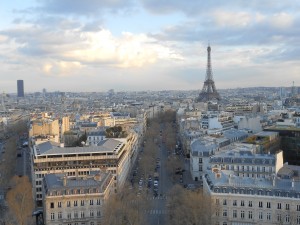
In a world where there's so many acts of terror and fear, it's a blessing to remember that there are also so many examples of incredible beauty out there.
Just so you know, this blog post is about to get very serious. However, I think it’s an important thing to talk about, because my personal experience abroad has related so strongly to this topic. In light of what happened in Boston two weeks ago, I’ve been reflecting a lot on the awful, crippling power that fear has over human beings. It amazes me how a single act of terror can transform the way the entire world looks at society: Americans aren’t the only ones who were affected by the Boston Marathon bombings. Airport security around the globe has tightened. I’ve received e-mails from the Spanish Embassy in Madrid to be extra vigilant in my day-to-day routines outside of the house. My host mom just about had a heart attack when I wasn’t home from school on time the other day because I was talking to my professor after class. People everywhere are treading on eggshells around one another, trusting each other a little bit less than they did before, all because of the spell that terror has cast over this world.
It’s all for good reason, and I can certainly say that my guard is up a little higher than it was two weeks ago. The scary reality is that there is no place that is truly safe from unspeakable tragedies, and there’s always going to be people out there who seek to stir up our deepest and most paralyzing personal fears. Not so long ago, I used to view the world around me from that point of view – constantly letting worry get the best of me and fearing the worst of humanity. I called myself a “realist” because, let’s face it, all of these terrors are very, very real. What I didn’t know at the time was that being a realist can coincide perfectly with being an optimist, and that choosing to seek the good and the beautiful in this world is the recipe for finding courage in the face of fear.
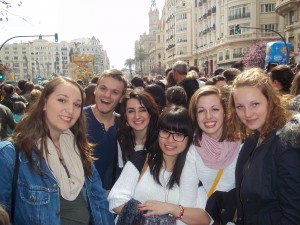
Getting out of your comfort zone, making friends from all over the world, and learning from them is one of the best parts about living abroad!
The thing about studying abroad is that it has the power to truly force you out of your comfort zone if you let it do so. Get out of your room and just go take a walk by yourself without a map. Strike up a conversation, no matter how bad your Spanish is, with the lady waiting with you at the bus stop. Watch a movie with your host family, even though half the dialogue goes over your head. Go to the bars (don’t be stupid about it), and meet people. Try that weird food. Navigate a bus system that you’re unfamiliar with. Travel to a place where they speak a language you will never learn. Learn from people who don’t come from the same place you do, and teach them new things as well. These are all choices, and a lot of them will make you uncomfortable. But with each baby step out of your comfort zone, you start to learn that there’s beauty and light in this world that you never saw before. Before you know it, you’re taking leaps and bounds out into the big wide world, and discovering the courageous person that lives inside of you.
We’re called to live boldly, to seek the best in people, and to overcome the fear that acts of evil can instill in our hearts. It doesn’t mean to be careless, but rather to choose courage over worry. One of my thematic Bible verses of this semester has been 2 Timothy 1:7 – “ For God has not given us a spirit of fear and timidity, but of power, love, and self-discipline.” It’s a nice reminder that we’re not alone in this world, and if we can choose to see things in a different light, we might just be amazed at how easily the beauty that surrounds us can overcome the darkness.
